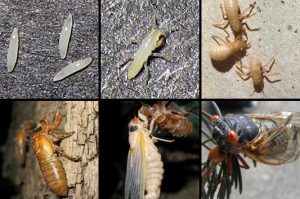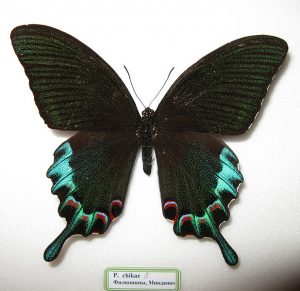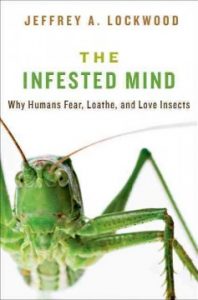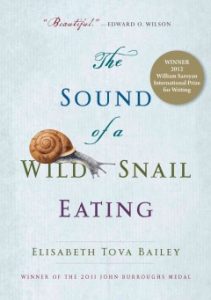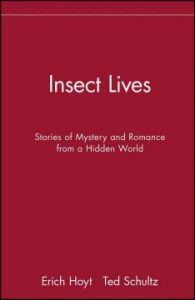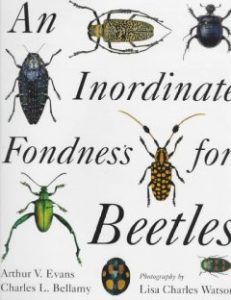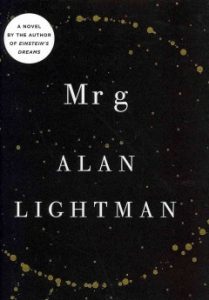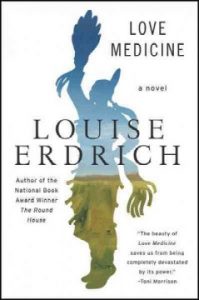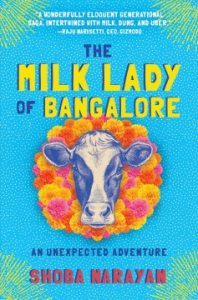We also wouldn’t want the day to pass without acknowledging the loss and legacy of Harlan Ellison, who passed away yesterday at the age of 84. Ellison was a prolific writer of science-fiction; including more than 1,700 short stories, novellas, screenplays (including the Star Trek episode “The City on the Edge of Forever”) and edited volumes. He was also notoriously contentious and argumentative–a trait that made him seem unapproachable. Twitter, however, featured a number of tributes from authors who received kindness, guidance, and honest support from Ellison, showing that all people are complex and fascinating, and often possess the potential to surprise from the better.

If you’re looking to learn more about Ellison’s work, The Guardian has an excellent primer to get you started.
And for those looking for some more stellar reading choices, here are some of the new books that leapt onto our shelves this week, and can’t wait to share your summer adventures with you!

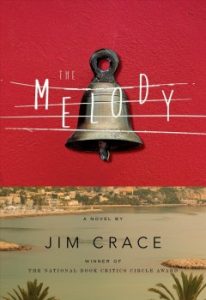 The Melody: On the surface, Jim Crace’s newest novel is a melancholy story about love and loss–but in short order, it opens up into so much more…a story about social issues, outsiders, poverty, class, and humanity that is both eye-opening and moving. Aside from his trusty piano, Alfred Busi lives alone in his villa overlooking the waves. Famed in his town for his music and songs, he is mourning the recent death of his wife and quietly living out his days, occasionally performing the classics in small venues – never in the stadiums he could fill when in his prime. On the night before receiving his town’s highest honor, Busi is wrested from bed by noises in his courtyard and then stunned by an attacking intruder–his hands and neck are scratched, his face is bitten. Busi can’t say what it was that he encountered, exactly, but he feels his assailant was neither man nor animal. As the people of the town begin to panic, remembering old stories about an ancient race of people alleged to be living in the forests, and threaten to take action, Busi, weathering a media storm, must come to terms with his wife’s death and decide whether to sing one last time. This is a powerful and emotional story that is resonant on a number of levels. Publisher’s Weekly agrees, calling this book “Haunting and transfixing . . . Like the simple but subtle song from which the novel takes its title, The Melody’s effects linger, coloring the reader’s feelings about the thin border between the natural world and human society.”
The Melody: On the surface, Jim Crace’s newest novel is a melancholy story about love and loss–but in short order, it opens up into so much more…a story about social issues, outsiders, poverty, class, and humanity that is both eye-opening and moving. Aside from his trusty piano, Alfred Busi lives alone in his villa overlooking the waves. Famed in his town for his music and songs, he is mourning the recent death of his wife and quietly living out his days, occasionally performing the classics in small venues – never in the stadiums he could fill when in his prime. On the night before receiving his town’s highest honor, Busi is wrested from bed by noises in his courtyard and then stunned by an attacking intruder–his hands and neck are scratched, his face is bitten. Busi can’t say what it was that he encountered, exactly, but he feels his assailant was neither man nor animal. As the people of the town begin to panic, remembering old stories about an ancient race of people alleged to be living in the forests, and threaten to take action, Busi, weathering a media storm, must come to terms with his wife’s death and decide whether to sing one last time. This is a powerful and emotional story that is resonant on a number of levels. Publisher’s Weekly agrees, calling this book “Haunting and transfixing . . . Like the simple but subtle song from which the novel takes its title, The Melody’s effects linger, coloring the reader’s feelings about the thin border between the natural world and human society.”
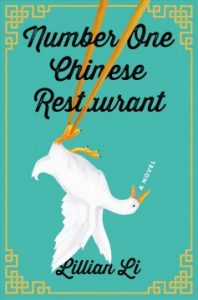 Number One Chinese Restaurant: Lillian Li’s debut novel is probably not one to read when you’re hungry. The restaurant in which it’s set sound precisely like the kind of place you want for dinner. The Beijing Duck House in Rockville, Maryland, is not only a beloved go-to setting for hunger pangs and celebrations; it is its own world, inhabited by waiters and kitchen staff who have been fighting, loving, and aging within its walls for decades. When disaster strikes, this working family’s controlled chaos is set loose, forcing each character to confront the conflicts that fast-paced restaurant life has kept at bay. Owner Jimmy Han hopes to leave his late father’s homespun establishment for a fancier one. Jimmy’s older brother, Johnny, and Johnny’s daughter, Annie, ache to return to a time before a father’s absence and a teenager’s silence pushed them apart. Nan and Ah-Jack, longtime Duck House employees, are tempted to turn their 30-year friendship into something else, even as Nan’s son, Pat, struggles to stay out of trouble. And when Pat and Annie, caught in a mix of youthful lust and boredom, find themselves in a dangerous game that implicates them in the Duck House tragedy, their families must decide how much they are willing to sacrifice to help their children. This is an energetic, exuberant novel that is as tangible in its scenic details as it is honest about its human characters, all combining to make a novel that earned a lovely review from Kirkus who praised it as follows: “Evoking every detail of [this restaurant] with riveting verisimilitude . . . Li’s sense of the human comedy and of the aspirations burning in each human heart puts a philosophical spin on the losses of her characters.”
Number One Chinese Restaurant: Lillian Li’s debut novel is probably not one to read when you’re hungry. The restaurant in which it’s set sound precisely like the kind of place you want for dinner. The Beijing Duck House in Rockville, Maryland, is not only a beloved go-to setting for hunger pangs and celebrations; it is its own world, inhabited by waiters and kitchen staff who have been fighting, loving, and aging within its walls for decades. When disaster strikes, this working family’s controlled chaos is set loose, forcing each character to confront the conflicts that fast-paced restaurant life has kept at bay. Owner Jimmy Han hopes to leave his late father’s homespun establishment for a fancier one. Jimmy’s older brother, Johnny, and Johnny’s daughter, Annie, ache to return to a time before a father’s absence and a teenager’s silence pushed them apart. Nan and Ah-Jack, longtime Duck House employees, are tempted to turn their 30-year friendship into something else, even as Nan’s son, Pat, struggles to stay out of trouble. And when Pat and Annie, caught in a mix of youthful lust and boredom, find themselves in a dangerous game that implicates them in the Duck House tragedy, their families must decide how much they are willing to sacrifice to help their children. This is an energetic, exuberant novel that is as tangible in its scenic details as it is honest about its human characters, all combining to make a novel that earned a lovely review from Kirkus who praised it as follows: “Evoking every detail of [this restaurant] with riveting verisimilitude . . . Li’s sense of the human comedy and of the aspirations burning in each human heart puts a philosophical spin on the losses of her characters.”
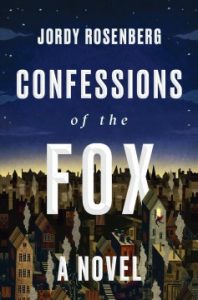 Confessions of the Fox: Jordy Rosenberg’s historical novel sounds like a pitch-perfect blend of speculative history, mystery, love, and identity that will make it an ideal summertime adventure-read. Jack Sheppard and Edgeworth Bess were the most notorious thieves, jailbreakers, and lovers of eighteenth-century London. Yet no one knows the true story; their confessions have never been found. Until now. Reeling from heartbreak, a scholar named Dr. Voth discovers a long-lost manuscript—a gender-defying exposé of Jack and Bess’s adventures. Dated 1724, the book depicts a London underworld where scamps and rogues clash with the city’s newly established police force, queer subcultures thrive, and ominous threats of the Plague abound. Jack—a transgender carpenter’s apprentice—has fled his master’s house to become a legendary prison-break artist, and Bess has escaped the draining of the fenlands to become a revolutionary…but is the manuscript an authentic autobiography or a hoax? Dr. Voth obsessively annotates the manuscript, desperate to find the answer. As he is drawn deeper into Jack and Bess’s tale of underworld resistance and gender transformation, it becomes clear that their fates are intertwined—and only a miracle will save them all. For all the fun in this book, there are a lot of big and important questions being explored here, giving this story critical depth and emotional gravity. Entertainment Weekly agreed, saying of it “An ambitious, thought-provoking novel [that] explores everything from gender identity to mass incarceration, moves between centuries, and even features footnotes. . . . You’ll find yourself immersed, and maybe even changed.”
Confessions of the Fox: Jordy Rosenberg’s historical novel sounds like a pitch-perfect blend of speculative history, mystery, love, and identity that will make it an ideal summertime adventure-read. Jack Sheppard and Edgeworth Bess were the most notorious thieves, jailbreakers, and lovers of eighteenth-century London. Yet no one knows the true story; their confessions have never been found. Until now. Reeling from heartbreak, a scholar named Dr. Voth discovers a long-lost manuscript—a gender-defying exposé of Jack and Bess’s adventures. Dated 1724, the book depicts a London underworld where scamps and rogues clash with the city’s newly established police force, queer subcultures thrive, and ominous threats of the Plague abound. Jack—a transgender carpenter’s apprentice—has fled his master’s house to become a legendary prison-break artist, and Bess has escaped the draining of the fenlands to become a revolutionary…but is the manuscript an authentic autobiography or a hoax? Dr. Voth obsessively annotates the manuscript, desperate to find the answer. As he is drawn deeper into Jack and Bess’s tale of underworld resistance and gender transformation, it becomes clear that their fates are intertwined—and only a miracle will save them all. For all the fun in this book, there are a lot of big and important questions being explored here, giving this story critical depth and emotional gravity. Entertainment Weekly agreed, saying of it “An ambitious, thought-provoking novel [that] explores everything from gender identity to mass incarceration, moves between centuries, and even features footnotes. . . . You’ll find yourself immersed, and maybe even changed.”
 Pandora’s Box: A History of the First World War: As someone who reads a lot of the First World War history, this is a good one (if a heavy one!). It’s even more compelling because it’s written by a German historian, who offers a perspective on the global war that we English-readers don’t often get. Jörn Leonhard treats the clash of arms with a sure feel for grand strategy, the everyday tactics of dynamic movement and slow attrition, the race for ever more destructive technologies, and the grim experiences of frontline soldiers. But the war was much more than a military conflict, or an exclusively European one. Leonhard renders the perspectives of leaders, intellectuals, artists, and ordinary men and women on diverse home fronts as they grappled with the urgency of the moment and the rise of unprecedented political and social pressures. And he shows how the entire world came out of the war utterly changed. Combining close-source analysis as well as grand strategy, this is a book that Professor Robert Gerwarth noted “stands out as the most comprehensive recent book on the First World War in any language… From the microcosm of the trenches to the home fronts, from the big battles in the East and the West to violent upheavals after 1918, Leonhard’s treatment of the war is wide-ranging while also giving ample space to the different layers of war experiences.”
Pandora’s Box: A History of the First World War: As someone who reads a lot of the First World War history, this is a good one (if a heavy one!). It’s even more compelling because it’s written by a German historian, who offers a perspective on the global war that we English-readers don’t often get. Jörn Leonhard treats the clash of arms with a sure feel for grand strategy, the everyday tactics of dynamic movement and slow attrition, the race for ever more destructive technologies, and the grim experiences of frontline soldiers. But the war was much more than a military conflict, or an exclusively European one. Leonhard renders the perspectives of leaders, intellectuals, artists, and ordinary men and women on diverse home fronts as they grappled with the urgency of the moment and the rise of unprecedented political and social pressures. And he shows how the entire world came out of the war utterly changed. Combining close-source analysis as well as grand strategy, this is a book that Professor Robert Gerwarth noted “stands out as the most comprehensive recent book on the First World War in any language… From the microcosm of the trenches to the home fronts, from the big battles in the East and the West to violent upheavals after 1918, Leonhard’s treatment of the war is wide-ranging while also giving ample space to the different layers of war experiences.”
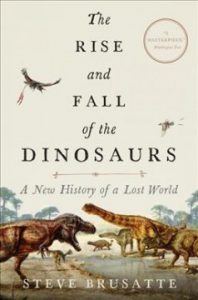 The Rise and Fall of the Dinosaurs: A New History of a Lost World: If you’re like me, and never really got over your complete obsession with dinosaurs (and not really the Jurassic Park monsters, but, like real dinosaurs…), then this is the book for you. In this captivating narrative (enlivened with more than seventy original illustrations and photographs), Steve Brusatte, a young American paleontologist who has named fifteen new species in the course of his career, tells the complete, surprising, and new history of the dinosaurs, drawing on cutting-edge science to dramatically bring to life their lost world and illuminate their enigmatic origins, spectacular flourishing, astonishing diversity, cataclysmic extinction, and startling living legacy. In addition to tracing the evolution of dinosaurs from their inauspicious start as small shadow dwellers into the dominant array of species we are more familiar with seeing, Brusatte also relays some of the tales of his fieldwork adventures, bringing readers along on the finds of a lifetime and making the world of dinosaurs startling, wonderfully real. Library Journal gave this book a starred review, declaring it “should not be missed. Highly recommended for the dinosaur obsessed and anyone even mildly curious about the evolutionary importance of these iconic creatures.”
The Rise and Fall of the Dinosaurs: A New History of a Lost World: If you’re like me, and never really got over your complete obsession with dinosaurs (and not really the Jurassic Park monsters, but, like real dinosaurs…), then this is the book for you. In this captivating narrative (enlivened with more than seventy original illustrations and photographs), Steve Brusatte, a young American paleontologist who has named fifteen new species in the course of his career, tells the complete, surprising, and new history of the dinosaurs, drawing on cutting-edge science to dramatically bring to life their lost world and illuminate their enigmatic origins, spectacular flourishing, astonishing diversity, cataclysmic extinction, and startling living legacy. In addition to tracing the evolution of dinosaurs from their inauspicious start as small shadow dwellers into the dominant array of species we are more familiar with seeing, Brusatte also relays some of the tales of his fieldwork adventures, bringing readers along on the finds of a lifetime and making the world of dinosaurs startling, wonderfully real. Library Journal gave this book a starred review, declaring it “should not be missed. Highly recommended for the dinosaur obsessed and anyone even mildly curious about the evolutionary importance of these iconic creatures.”
Until next week, beloved patrons–Happy Reading!

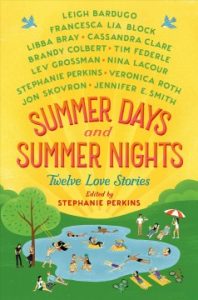

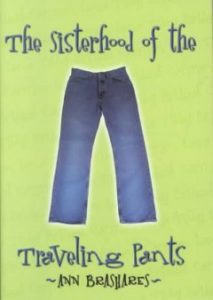
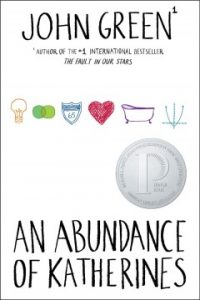

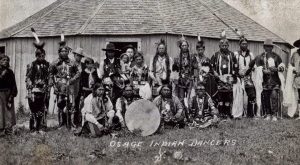
 Over the course of time, Wilder (pictured at left) gained some insight into the damage such language could have. Later editions of the book feature an edited line, which reads, ‘no settlers, only Indians’.” While this edit is a positive change, it is a limited one.
Over the course of time, Wilder (pictured at left) gained some insight into the damage such language could have. Later editions of the book feature an edited line, which reads, ‘no settlers, only Indians’.” While this edit is a positive change, it is a limited one. 
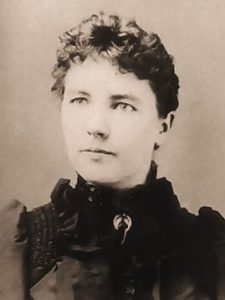 For the record, no one–not I, not the Free-For-All, not the Library, and not the ALA are accusing Wilder of intentional hate speech or overt racism. Indeed, her attempts to moderate her own words points to her potential to change and improve. And we are actually enjoying a rich moment where Wilder’s history, experiences, and struggles are being honored and remembered in a new, and for more nuanced, way (see last year’s
For the record, no one–not I, not the Free-For-All, not the Library, and not the ALA are accusing Wilder of intentional hate speech or overt racism. Indeed, her attempts to moderate her own words points to her potential to change and improve. And we are actually enjoying a rich moment where Wilder’s history, experiences, and struggles are being honored and remembered in a new, and for more nuanced, way (see last year’s 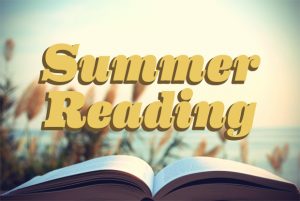
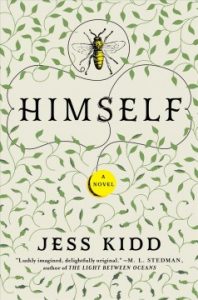
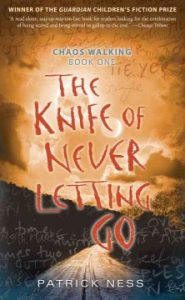
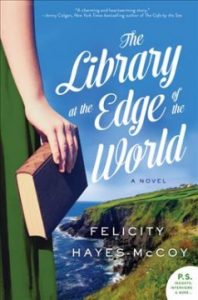
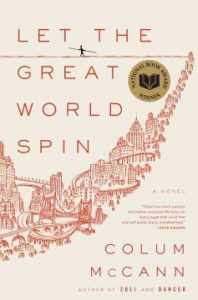

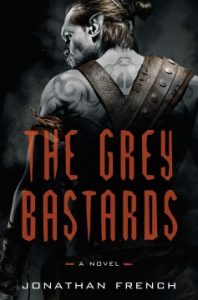
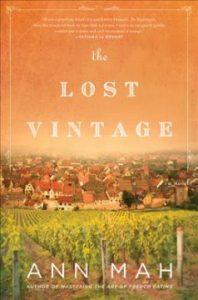
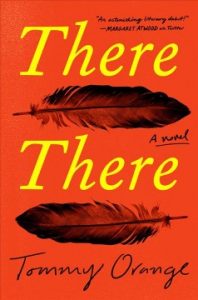
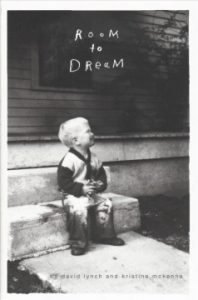
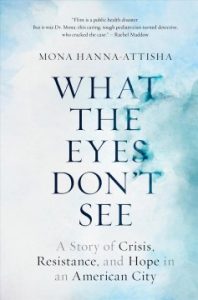

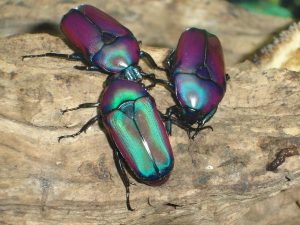
 Returning to the topic of bees, if you’ve seen
Returning to the topic of bees, if you’ve seen 